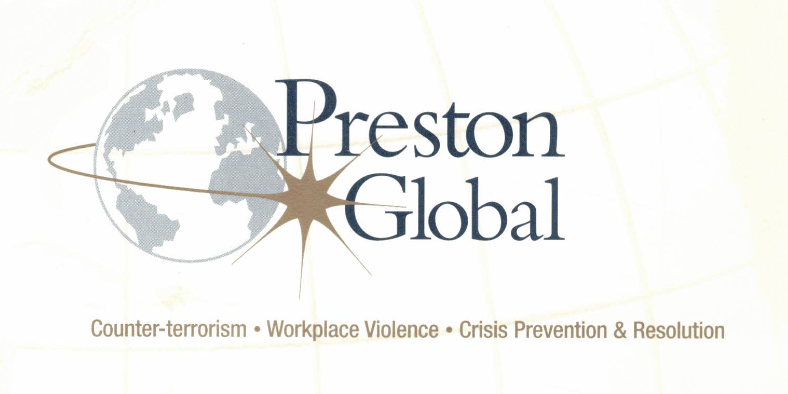Call them upshots, repercussions, outcomes or ramifications, they’re often devastating to businesses, institutions and their leaders.
We’re referring to 10 negative consequences when an organization becomes the scene of a physically injurious or deadly crisis.
Tragically, these nightmares happen in our country every day. Most are planned, the remainder, a sudden impulse.
Compounding ever-growing numbers is how many incidents impact harshly beyond primary settings. Such intensity usually entails emergency intervention by first responders, followed by quandaries – reactions — extremely difficult to resolve.
On-street mass shootings — the same inside schools — and various types of workplace violence precede adverse effects that reach beyond nearly all intended targets. As for a terrorist attack, the third major incident, don’t let periods of silence create complacency; They’re always in development stages by different hostile groups known for patience.
With this introduction, what top 10 negative consequences should leaders expect? More than a half-century of crisis prevention and response?
Depending on the crisis nature, at least 60% of this list will be prominent in any violent crisis.
How do we know? Managing cases for more than a half-century taught us well.
- Operational disruption.
- Key management schedule alterations.
- Intense media, employee, shareholder, regulatory, consumer, and special interest group attention and second-guessing.
- Facility/material resource damage or destruction,
- Psychological trauma among workers/visitors in direct contact with the episode.
- False rumors. Intended distortion of truth about victim organization and leaders.
- Temporary loss of control, especially if a crime scene or hostile takeover ensues.
- Neighbor inconvenience.
- Severity, loss of life, serious injury, even hostage-taking also demand prior attention.
- LITIGATION. Usually, management is legally responsible for taking safety and security measures beyond what is described as “commonplace.”


